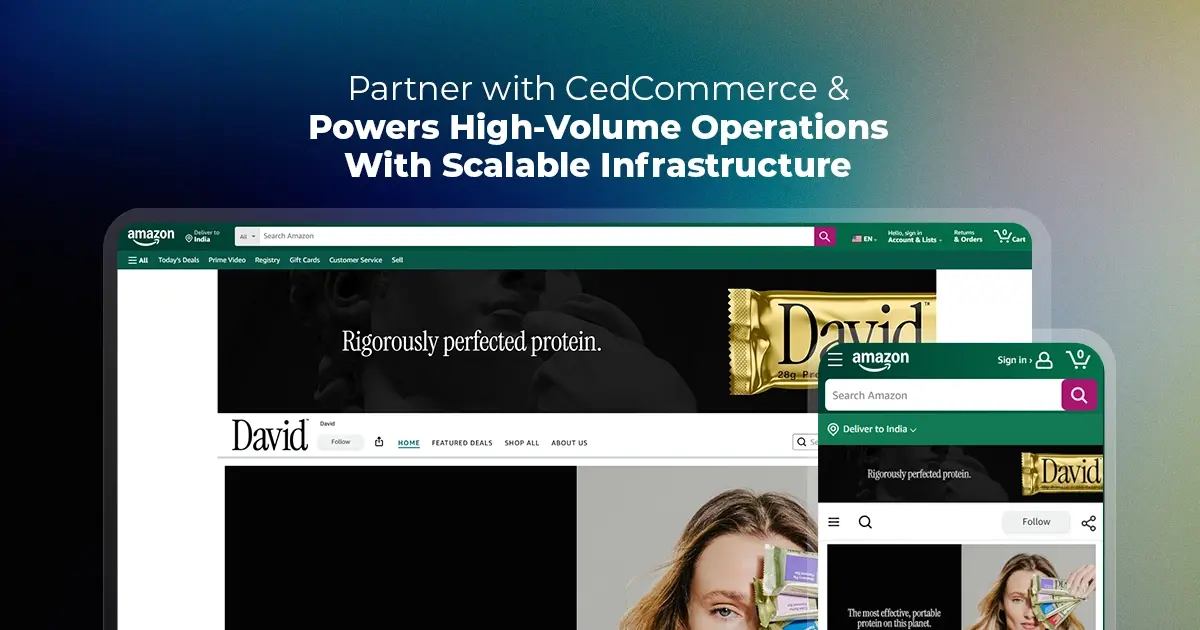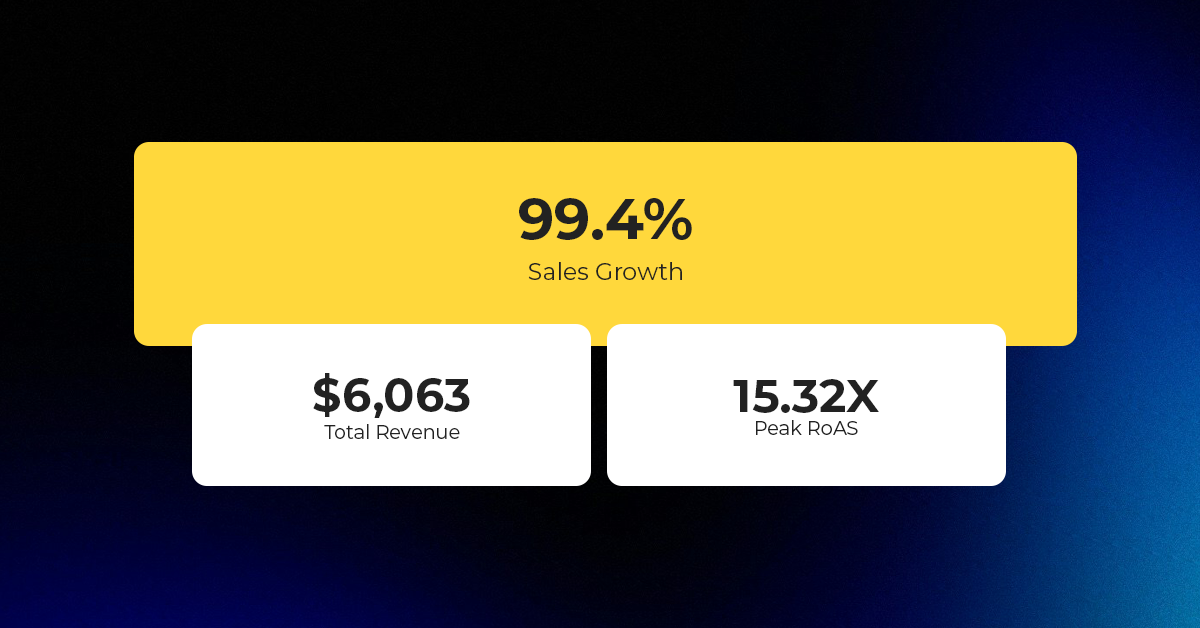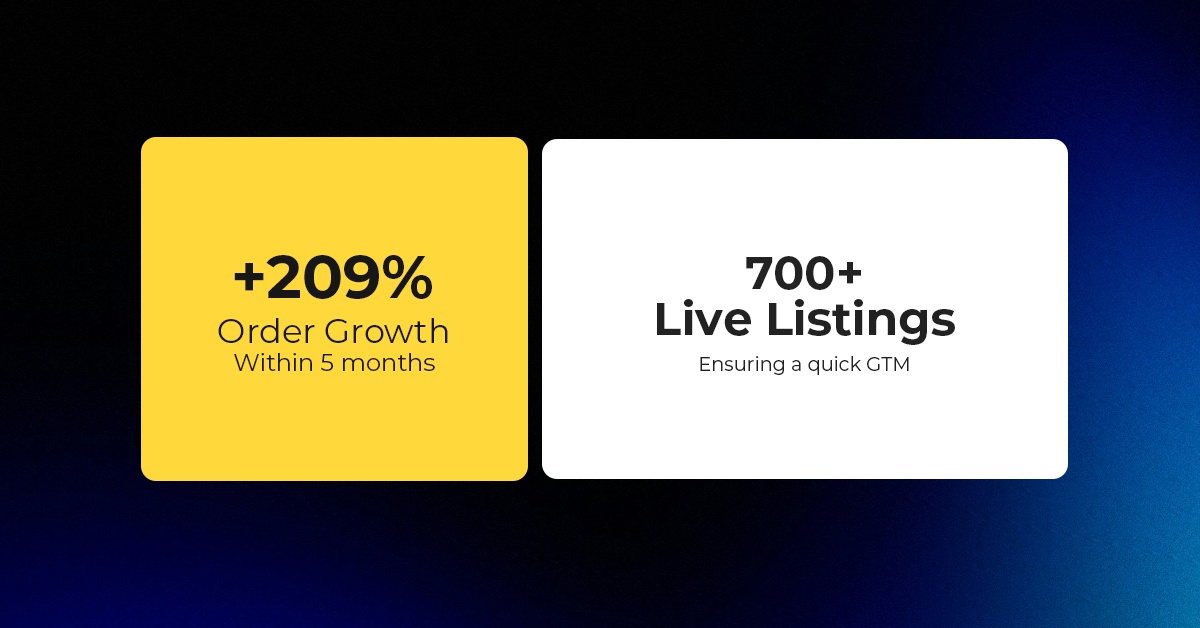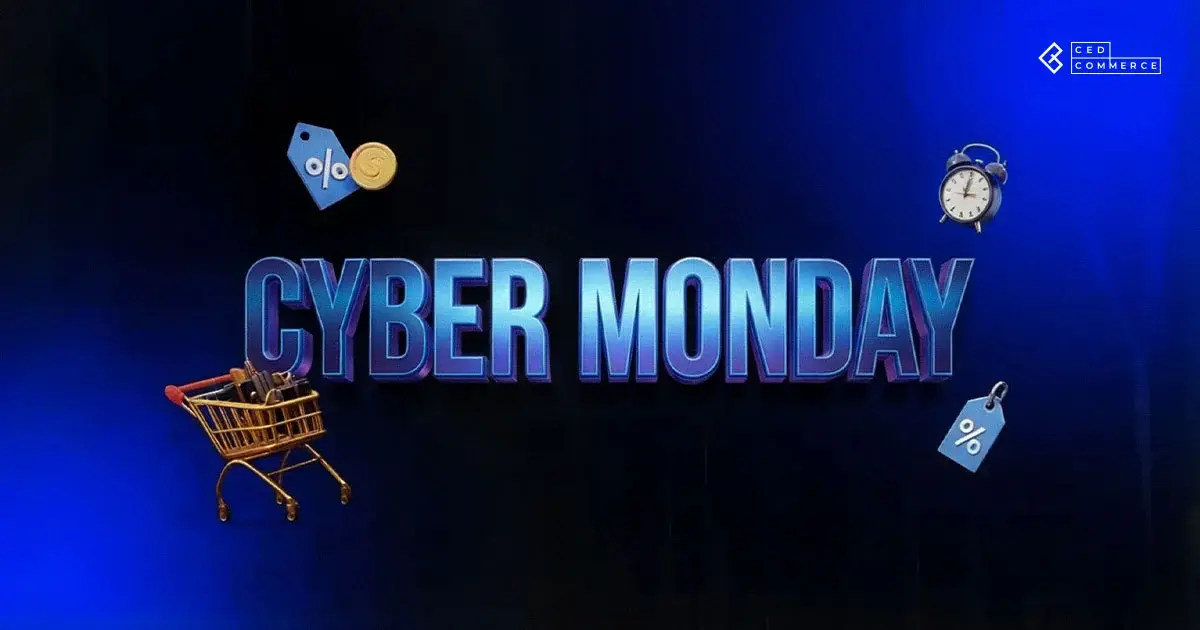Centralized Catalog, Faster Publishing: 40ParkLane’s Marketplace Success with CedCommerce
Reading Time: 4 minutesAbout the Brand: 40ParkLane LLC Studio40ParkLane is a design-led print-on-demand brand created…
Shipping is the way to move the physical products from merchant’s warehouse to the end customer. The shipping methods are shown to users during the process of checkout depending on the shipping address of the customer. Vendor Australia Post Shipping Method allows vendors to integrate Australia Post Shipping Addon for their products.
Any ecommerce company can provide the greatest shopping experience, the best prices, and excellent customer service, but it’s the shipping process that ultimately allows the customers to order the products online. A good shipping experience has a large impact on ecommerce business. It affects the brand image, customer loyalty, and can increase customers.
Vendor Australia Post Shipping Extension is an Addon for CedCommerce Multivendor Marketplace. It manages shipping for all countries and also provides various shipping methods. This module is dependent on Vendor Multi Shipping Addon. With the help of this module vendor can allow different Australia post shipping methods for their products. Vendor has the authority to enable or disable Magento 2 shipment tracking plugin for their products. Vendor has to set the shipping address then only the customer will see the Australia post shipping rate for the vendor’s products. Admin has full control over this module and can also enable or disable this functionality for vendor. Since this is an addon and is dependent on Vendor Multi Shipping Addon therefore, CedCommerce Multivendor Marketplace and Vendor Multi Shipping Addon have to be installed before installing Australia post shipping addon otherwise, this addon will not work properly.
After the successful installation of vendor Australia Post Shipping extension Admin has to enable Australia Post Shipping method for Vendors, After that and vendor will see this option in vendor shipping method panel. Otherwise Australia Post Shipping module will not be available for vendor.
At vendor end-
When, Vendor Australia Post Shipping extension for magento 2 has been installed and configured by the admin, and then the vendor can configure the Australia Post shipping module in the vendor panel. Firstly, the vendor has to set shipping address in the shipping settings. Then only they can set the shipping method setting in their panel.
Vendor can do the following task-
Enable/Disable- From here vendor can enable/disable the Australia Post shipping method for his products.
Allowed Methods- Here the vendor can set the methods which he wants to allow for his products. Only the allowed methods will be shown along with the vendor products.
At customer end-
On cart page- Customer will see vendor wise shipping on the cart page. This module is dependent on Vendor Multi Shipping addon, so you must install multi shipping. In the attached snapshot you can see that there are two products in the cart associated with different vendors. Here you will see the vendor “Williamson” has enabled the Australia Post shipping module for his products. So the customer will see vendor wise Australia Post shipping module. If any vendor has not enabled any shipping method then the customer will get the rates defined by the admin.
On checkout page- When Vendor Order Addon is installed then the order will be divided according to the vendor products in the cart. If there are products of two vendors in a single order, then the order will be split into two parts.
You can refer to the following link in order to know more about the description, and pricing etc.
Vendor Australia Post Shipping
Therefore Vendor Australia Post Shipping extension is a CedCommerce Multivendor Marketplace addon for Magento 2 that allows the vendors to integrate Australia Post Shipping method to their products. The admin can also enable/disable Australia Post Shipping method for vendor.

Reading Time: 4 minutesAbout the Brand: 40ParkLane LLC Studio40ParkLane is a design-led print-on-demand brand created…

Reading Time: 3 minutesAbout the Company Brand Name: David Protein Industry: Health & Nutrition (Protein…

Reading Time: 3 minutesOnline retail spending in Germany is entering a renewed growth phase after…

Reading Time: 4 minutesTikTok Shop has released a comprehensive Beauty and Personal Care Products Policy,…

Reading Time: 4 minutesTikTok Shop has formally outlined comprehensive requirements for expiration date labeling and…

Reading Time: 3 minutesTikTok Shop is raising its sales commission for merchants across five active…

Reading Time: 11 minutesBy now you have seen your BFCM 2025 numbers. The harder question…

Reading Time: 3 minutesAbout the Brand Name: Vanity Slabs Inc Industry: Trading Slabs- Vanity Slabs…

Reading Time: 2 minutesAbout the Brand Name: Ramjet.com Industry: Automotive Parts & Accessories Location: United…

Reading Time: 2 minutesAmazon is rolling out strategic referral fee reductions across five major European…

Reading Time: 4 minutesQuick Summary: Scaling Lifestyle Powersports on eBay with CedCommerce Challenge: Zero marketplace…

Reading Time: 4 minutesTikTok has surpassed 460 million users across Southeast Asia, reinforcing its position…

Reading Time: 3 minuteseBay has released its final seller news update for 2025, with a…

Reading Time: 3 minutesAmazon has clarified its stance regarding speculation around a potential breakup between…

Reading Time: 4 minutesWalmart is accelerating its push into next-generation fulfillment by expanding its drone…

Reading Time: 4 minutesFaire, the fast-growing wholesale marketplace connecting independent retailers with emerging brands, has…

Reading Time: 4 minutesB2B buying in the United States is undergoing a fundamental behavioral shift…

Reading Time: 3 minutesSummary Cyber Monday 2025 has officially become the largest online shopping day…

Reading Time: 2 minutesSummary Amazon kicked off December with two major developments shaping the future…

Reading Time: 2 minutesSummary Walmart has entered December with two major moves that signal a…